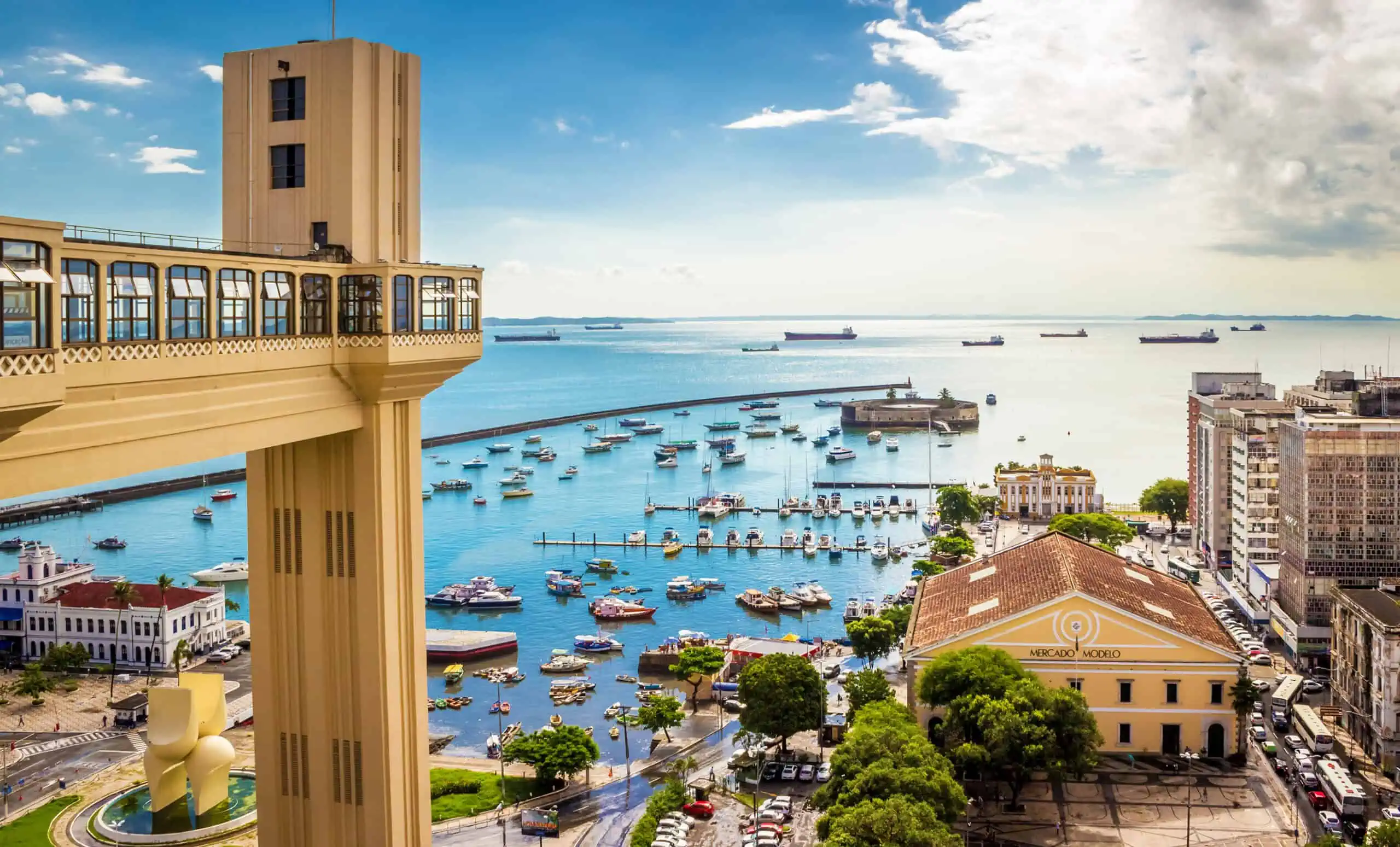While it’s Rio de Janeiro that receives all of the attention, it’s Salvador da Bahia, the first capital of Brazil, where you can tap into the best of Brazilian culture. There’s an infectious movimento (movement) of people that fills the streets with the sounds of berimbaus, Brazilian drums, and samba, often erupting into spontaneous street parties all over town. A major location for cultural events, shopping, dining, and nightlife, it’s Carnival all year round in Salvador. Here are six things to do in Salvador, Brazil.
Visit Pelourinho
No visit to Salvador is complete without visiting its African heritage sites, the most prominent being Pelourinho, the historic center of Salvador.
With its densely-populated cobblestone streets lined with multi-colored colonial buildings, Pelourinho (called Pelo by locals) means pillory or whipping post in Portuguese and refers to the central plaza where slaves were punished.
Here you’ll find the church of Our Lady of the Rosary of Black People, the first Black Christian religious brotherhood in the Americas, and the Museu Afro-Brasileiro da Bahia (Afro-Brazilian Museum), which houses an extensive collection of African artifacts and a Candomble exhibit.
As the main part of town, there is no shortage of things to do in this part of Salvador, Brazil.
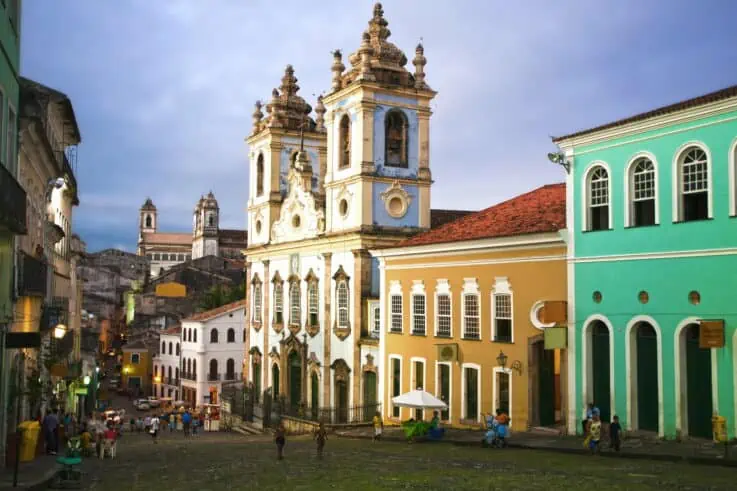
Attend a Cultural Event
In Salvador, Tuesday is known as “Blessed Tuesday,” because it’s the day that parishioners of the Sao Francisco de Assis Church perform charitable acts such as giving bread to the poor.
Such charity has evolved into major street parties every Tuesday after evening mass. Tuesday is also the night to catch performances at Casa do Olodum from the Olodum bloco-afro, a street band that began more than 20 years ago due to a lack of Carnival options for residents of Pelourinho.
For more information on cultural events, visit the website for the Federacao Baiana de Culto Afro Brasileiro (Afro-Brazilian Federation).
Samba!
Samba, the lively, rhythmic national dance of Brazil, was popularized when former slaves from Bahia migrated to Rio de Janeiro and incorporated African and other musical styles.
Samba is certainly not the easiest dance to “pick up”, so try a samba class, such as those offered by the Fundacao Cultural do Estado da Bahia (FUNCEB), a university that specializes in dance.
And to see firsthand how real Brazilians get down, attend a local show or concert. The most electrifying concert I’ve ever attended was a performance by Margareth Menezes in Salvador.
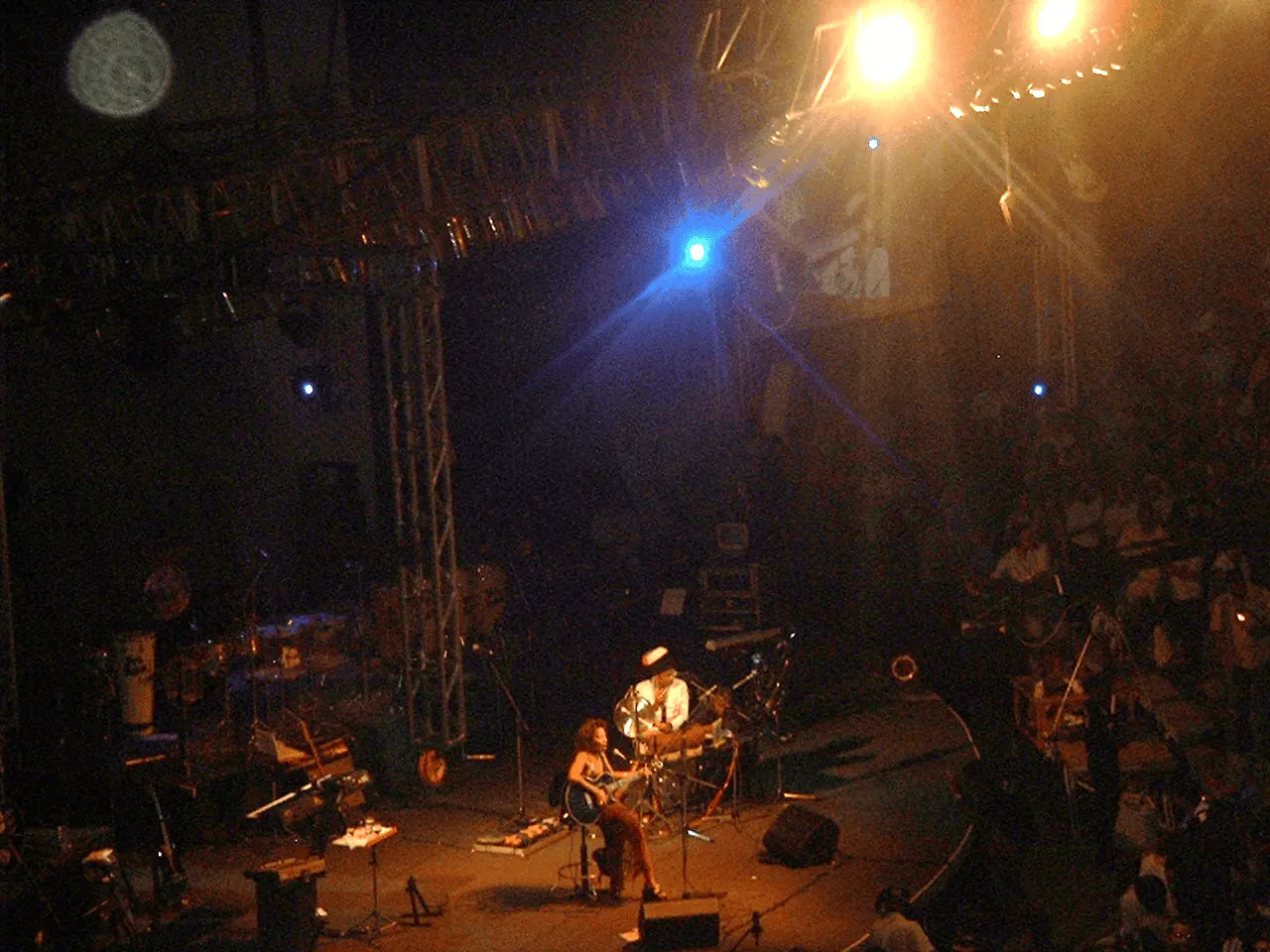
The singer, musicians, and crowd embodied the rhythm of the music, as if the music were their very lifeline. Sensational!
Watch (or Try) Capoeira
Originally created as a survival tool for escaped slaves, there are two main styles of this Brazilian martial art: capoeira Angola, the traditional style that incorporates slow movements close to the ground, and capoeira regional, which is characterized by acrobatic, fast-paced movements, as well as a ranking system of colored belts to signify level of skill.
Often accompanied by an atabake drum or berimbau, it is very common to see a roda or ring of people in the plazas of Pelourinho. So if you’re feeling adventurous, you can test your skills by participating in a capoeira game in the streets.
You can also take capoeira lessons at several associations, such as the Angola Capoeira Association. Good luck!
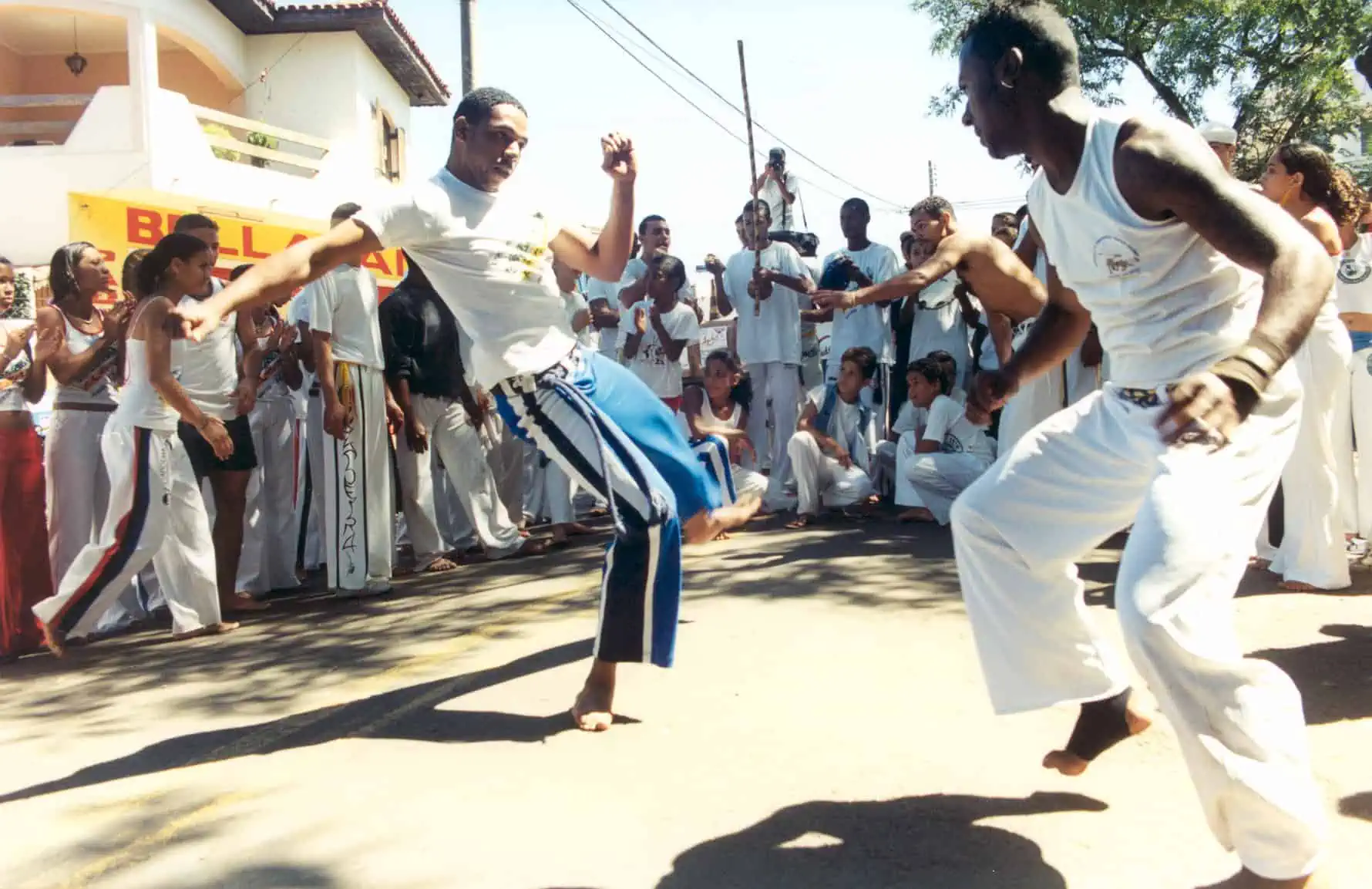
Sample Street Food
As the epicenter of Brazilian street food, eating local food is certainly one of the best things to do in Salvador, Brazil. Make sure to visit a cafe, bakery, or street stand to grab some local eats. And be forewarned, because you can easily tack on a few pounds in so doing.
While seafood and churrascaria are staples in Salvador, it’s the street food that you should feast on. Here are 3 must-try street foods in Salvador, each having a history as rich as its ingredients:
- pao de queijo (cheese puff) – this pastry is derived from African slaves who made bread rolls from soaked and peeled cassava root. Once milk and cheese were widely available to the Afro-Brazilian community, cheese was added to make this delicious mixture of cassava flour stuffed with Minas cheese. This snack is commonly found in bakeries throughout Salvador and is typically gluten-free.
- acaraje (stuffed black-eyed pea ball) – aracaje contains mashed black-eyed beans, onions, and shrimp fried in dende oil and topped with spicy caruru or vatapa pastes. This snack was first sold in the streets by freed female slaves during slavery, and to this day, it is sold by the Baianas de Acaraje, Afro-Brazilian women donning traditional dress who are dedicated to the promotion of Afro-Brazilian traditions.
- cocadas (traditional coconut “candy”) – cocadas remind me somewhat of Louisiana pralines, but instead of containing caramelized brown sugar and pecans, they typically contain sugar and fried, shredded coconut. These tasty treats can actually come in a variety of flavors from chocolate to passion fruit, and the best ones are those made by the Baianas frying them at their street stands.
Related post: Top 10 Countries for Your Travel Bucket List
Visit a Beach
Brazil is famous for its beaches, boasting a coastline of more than 7,000 miles. In Salvador, Porto da Barra is one of the most popular, due to its calm bay, which is good for swimming.
However, if you’re looking to escape crowded beaches, within two hours of Salvador, you can find several less crowded, nice beaches. Praia do Forte is a coastal village with a few pousadas and luxury beach hotels.
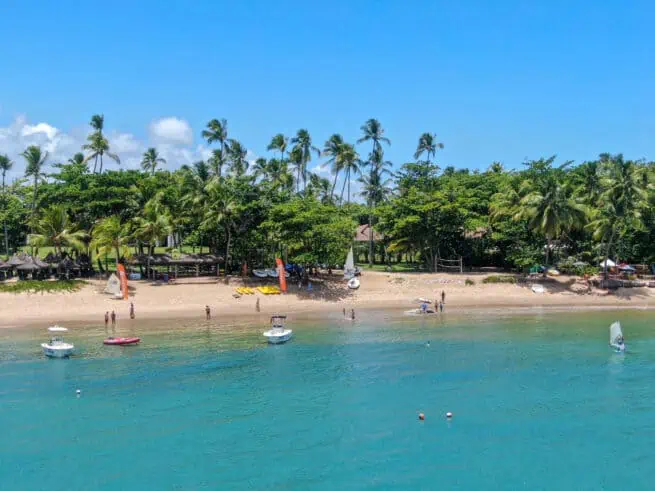
For a more secluded experience, check out Guarajuba Beach, a quaint, three-mile beach located about 50 miles north of Salvador. Like in all of Brazil, the Brazilian-cut bikini and Speedo will be in full effect.

